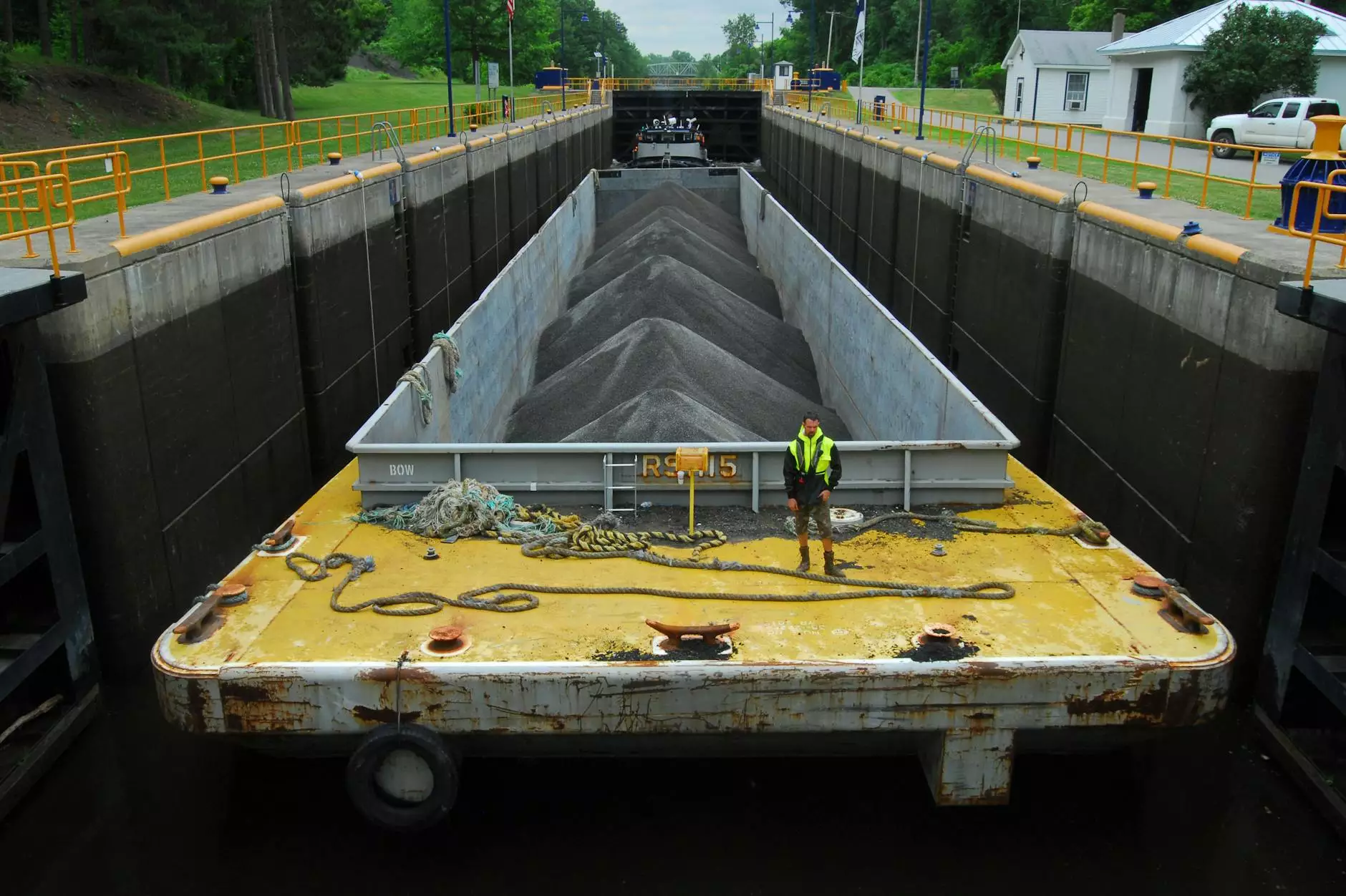The Comprehensive Guide to Hydraulic Swivel Connectors

In the dynamic world of hydraulic systems, the necessity for reliable and efficient connections is paramount. One such critical component that has garnered attention and respect in the industry is the hydraulic swivel connector. As businesses and industries continue to evolve, so too do the demands placed on hydraulic systems. This guide aims to explore the ins and outs of hydraulic swivel connectors, detailing their functions, benefits, applications, and how to choose the right product for your needs.
Understanding Hydraulic Swivel Connectors
A hydraulic swivel connector is designed to connect two hoses or components while allowing for rotational movement. This unique feature enables the hoses to pivot, reducing strain and wear associated with static connections. They are integral in applications where there is both movement and pressure, allowing for smooth operation without compromising on performance.
Key Features of Hydraulic Swivel Connectors
- 360-Degree Rotation: The primary advantage of hydraulic swivel connectors is their ability to rotate 360 degrees. This ensures that hoses can maneuver without twisting or kinking, thus enhancing their longevity and reliability.
- Durability: Manufactured from high-quality materials, these connectors are designed to withstand extreme conditions, ensuring they perform consistently over time.
- Leak Prevention: Advanced sealing technologies used in hydraulic swivel connectors effectively prevent leaks, which is crucial for maintaining system efficiency.
- Versatility: With various sizes and configurations available, hydraulic swivel connectors can be utilized in a wide range of applications across different industries.
Benefits of Using Hydraulic Swivel Connectors
The integration of hydraulic swivel connectors into systems offers numerous benefits that enhance overall performance and safety:
1. Improved Mobility and Flexibility
Thanks to their design, hydraulic swivel connectors allow for the necessary flexibility in operations. Whether in construction, agriculture, or industrial settings, the ability to maneuver without disconnecting hoses or experiencing kinks promotes operational efficiency.
2. Enhanced Operational Safety
Hydraulic systems that utilize swivel connectors are less prone to failure due to twisting and kinking of hoses. This reduction in mechanical failure translates into safer working environments, thus protecting personnel and equipment.
3. Cost-Effectiveness
Investing in quality hydraulic swivel connectors can lead to long-term savings. Their durability minimizes the need for frequent replacements and the associated downtime, further contributing to the profitability of operations.
4. Maintenance Reduction
These connectors are designed for longevity and minimize the frequency of maintenance tasks. This attribute not only saves time but reduces labor costs associated with ongoing system upkeep.
Applications of Hydraulic Swivel Connectors
The versatility of hydraulic swivel connectors makes them applicable across various sectors:
1. Construction Industry
Hydraulic swivel connectors are widely used in heavy machinery, such as excavators and cranes, allowing hydraulic hoses to move freely without risk of damage, thereby ensuring seamless operation on construction sites.
2. Agricultural Equipment
In the agriculture sector, these connectors are pivotal in tractors and other equipment where hoses must navigate complex movements, thereby ensuring efficient power transmission and fluid flow.
3. Automotive Applications
Hydraulic systems in automobiles, including braking and power steering systems, benefit from swivel connectors that manage the dynamic movements of hoses effectively.
4. Industrial Manufacturing
In manufacturing settings, hydraulic swivel connectors are essential for machines that require repetitive motion, providing uninterrupted operation and contributing to higher production rates.









